Inwoohouse [Korea Quality] / 인우하우스 [한국관광 품질인증]
7.5Km 2023-04-13
9, Gyedong 6-gil, Jongno-gu, Seoul
02-742-1115
Run by a couple hailing from Bukchon, Inwoo House is located in an alleyway in Gye-dong, Jongno-gu, which is part of Bukchon that is well-known for old hanok houses. Inwoo House, meaning 'the house of Inwoo,' is inhabited by the owner couple and eight-year-old son Inwoo and his younger brother Yeonwoo. The couple, who have always lived in Bukchon, moved to Inwoo House in 2010; their parents run another guesthouse -- Yeonwoo House -- in Gahoe-dong, which isn’t far from Inwoo House. These two hanok guesthouses seek to provide guests with an opportunity to experience the true aspect of traditional Korean house amid the natural environment. Inwoo House, which has the typical style of hanok in the area, features a cozy yard, a toenmaru (narrow wooden porch running along the outside of the building), and several charming decorative items. It has three rooms – Tokki-bang and Haejanggeum-bang situated in Sarangchae (a detached building) and Nori-bang, which is a communal space. Due to its quiet location, guests can enjoy relaxation with a serene atmosphere in their rooms, which are decorated with calligraphic works and furniture inlaid with mother-of-pearl in a simple way. Each room is equipped with a bathroom. The guesthouse offers breakfast such as toast or tteokguk (rice cake soup). Inwoo House is an ideal place to stay for guests with children as the owner couple have children with whom children can play in the alley, yard, or toenmaru with an interesting hanok environment. The guesthouse also provides various traditional activities including traditional Korean clothes experience, traditional Hanji (Korean paper) craft experience, traditional knot bracelet making, and fan decorating, which are popular among foreign tourists and children. It is adjacent to restaurants, coffee shops, convenience store, and other tourist attractions including Gyeongbokgung Palace, Changdeokgung Palace, Insa-dong, and Samcheong-dong.
Cafe COIN 2ho (Cafe COIN 2호)
7.5Km 2021-03-22
29, Myeongdong, 9-gil, Jung-gu, Seoul
+82-2-754-1506
A café operated for more than 20 years in Myeong-dong. This is a cafe located in Jung-gu, Seoul. The most famous menu is waffle.
Halmaejip (할매집)
7.6Km 2017-02-01
1-5, Sajik-ro 12-gil, Jongno-gu, Seoul
+82-2-735-2608
Not like usual Gamjatang (pork back-bone stew), Halmajip’s Gamjatang uses only bean sprout and leek to make a refreshing soup taste along with red pepper powder, for a spicy flavor.
Museo de las Joyas del Mundo (세계장신구박물관)
7.6Km 2023-10-13
Bukchon-ro 5-nagil 2, Jongno-gu, Seúl
Este museo se encuentra ubicado en la Calle Cultural de Samcheong-dong. Lee Gang-won, titular del museo, es poeta y ensayista. Durante 30 años ha recorrido 60 países y ha coleccionado alrededor de 3.000 joyas, de las cuales el museo exhibe, aproximadamente, un millar. No se tratan de joyas famosas y de alto costo, sino aquellas que poseen un valor especial por su historia.
El primer piso del museo está dividido en las siguientes salas: Sala del Ámbar, que muestra la textura de las eras antiguas del planeta; la Sala del Oro, que enloqueció a los europeos en el siglo XVI; la Sala de los Collares, decorados artísticamente; y la Sala de la Cruz. En el segundo piso, se encontrará con máscaras, anillos, etc., y las impresionantes salas del Marfil y Abalorios y de Joyas Modernas, entre otras.
Yeonwoohouse [Korea Quality] / 연우하우스 [한국관광 품질인증]
7.6Km 2023-04-13
5-13, Bukchon-ro 12-gil, Jongno-gu, Seoul
Yeonwoo Guesthouse is a quiet and cozy traditional Korean guest house (hanok) located in Gahoe-dong, Jongnogu in Bukchon Hanok Village, a charming area crisscrossed with a labyrinth of old alleyways. As it is close to some of Seoul’s most famous tourist attractions, including Changgyeonggung Palace, Changdeokgung Palace and Gyeongbokgung Palace, many tourists from Southeast Asia and Europe book a stay here.
It consists of two cozy guestrooms, each equipped with a bathroom. Among the guest house’s many charms is the panoramic view of Bukchon Hanok Village from its rooftop, which can be reached by a ladder. It also boasts the beauty of a traditional Korean house during the daytime and a spectacular view at nighttime.
As it is an old hanok, the owner pays close attention to hygiene, and has the entire building regularly sterilized by a sanitary control company.
Mercado de Pescados y Mariscos de Noryangjin (노량진수산물도매시장)
7.6Km 2024-01-25
Nodeul-ro 674, Dongjak-gu, Seúl.
Este mercados es un importante nexo distribuidor de productos pesquero en la ciudad de Seúl, inaugurado en 1927. Además, es el mercado mayorista más grande de Corea. Desde antes de entrar al recinto podrá sentir el fuerte olor del mar y el pescado. Se quedará impresionado por la escena dinámica de los comerciantes y compradores. Durante los 365 días del año podrá encontrar almejas, cangrejos, calamares, pulpos y otros mariscos y pescados frescos a un precio muy asequible. Además de comprar y llevárselo a casa, también podrá degustar los pescados crudos rebanados en el mismo mercado. Lo único que deberá hacer es comprar el pescado, llevarlo a algún restaurante.
Bukchonmaru hanok guesthouse [Korea Quality] / 북촌마루한옥게스트하우스 [한국관광 품질인증]
7.6Km 2020-09-10
152, Changdeokgung-gil, Jongno-gu, Seoul
+82-10-3253-8751
Bukchonmaru Hanok Guesthouse is located between “Bukchon Views 2 and 3” on a hill in Bukchon Village in Seoul. This two-storied hanbok building with a terrace, which is rarely found among other hanok structures in the area, offers a splendid view of Seoul. In particular, the summit of a hill next to the main gate of Choong Ang High School where the guesthouse is situated is known as the filming location for the famous Korean TV series Winter Sonata (2002). When you open the main gate and go up to the first floor, a small yard is seen with a group of jars on one side. After entering the sliding door through the yard, there is daecheong maru (main floored room) that features the doors opening in all directions and a high ceiling with rafters, making the space open and cozy. The hanok building consists of two floors – the ground floor is equipped with special furniture, a jar table and a log chair made by the owner, and on the first floor are guestrooms comprised of one large room and two small rooms. The neat and clean rooms are designed in a simple way and have lovely bedding with the pattern of five cardinal colors. Its staff members can speak English and Chinese to communicate with guests from other countries. Every morning, guests engage in animated conversation while enjoying a Korean home-style breakfast prepared by the owner in a friendly atmosphere. After having breakfast, if guests want, they can try on traditional Korean clothes (hanbok) and take photographs inside and around the guesthouse to create interesting memories. The guesthouse also provides a hanbok rental service (KRW 30,000 for a day) and tourists wearing traditional Korean clothes can enter both Changdeokgung Palace and Gyeongbokgung Palace, which can be reached on foot within 10 to 15 minutes, free of charge. Moreover, guests can enjoy an open view of the area including Gahoe-dong, Gye-dong and even the lights of the Namsan Seoul Tower at night from the roof top.
Palacio Gyeongbokgung (경복궁)
7.6Km 2024-07-19
Sajik-ro 161, Jongno-gu, Seúl
Gyeongbokgung fue el palacio principal durante la dinastía Joseon (1392-1910). Es uno de los cinco palacios de Seúl y ostenta 600 años de historia. Fue edificado en 1395 por el monarca que fundó la dinastía Joseon, Lee Seong-Gye, cuando trasladó la sede de la capital de la era Goryeo hasta Seúl. Al estar situado en la parte norte de Seúl, solía ser llamado también como “Palacio del Norte”.
El palacio Gyeongbokgung tiene 501.676 metros cuadrados de superficie, dispuestos en forma de rectángulo. En el lado sur se halla la entrada principal, Gwanghwamun. Al norte, Sinmumun; al este, Yeongchumun; y al oeste, Geonchunmun. Dentro del palacio se encuentran pabellones como Geunjeongjeon, Gyotaejeon, Jagyeongjeon, Gyeonghoeru y Hyangwonjeong.
Geunjeongjeon, la sala principal, era el lugar en donde se realizaban las ceremonias oficiales y los funcionarios rendían los informes matutinos ante el rey. Frente al patio interno, se encuentran trazados tres senderos de granito. El del medio, levemente más elevado, era el trayecto por donde caminaba el monarca y los de los lados eran para su Corte. En el patio se levantan a cada lado los pumgyeseok (estelas de piedra con los cargos de los funcionarios públicos).
Jagyeongjeon y Gyotaejeon eran las residencias de la madre del rey y la reina, respectivamente. Jagyeongjeon es famoso por su muro con flores y por su sipjangsaeng-gulttuk (bajorrelieve de la chimenea). La gulttuk tiene el reconocimiento de ser una de las chimeneas más bellas construidas durante el período Joseon y se encuentra en la lista de los Tesoros Nacionales.
Gyotaejeon eran los aposentos de la reina, y el muro y la entrada posterior, que dan al monte Amisan, son particularmente atractivos a la vista. Además de esto, lo que acentúa aún más la elegancia del palacio Gyeongbokgung son sus estanques de flores de loto, Gyeonghoeru y Hyangwonjeoung.
Gyeonghoeru era el lugar en donde se reunían los dignatarios extranjeros y en donde se celebraban fiestas especiales cuando ocurrían buenos acontecimientos en la nación.
Hyangwonjeong es un espacio dentro del patio posterior, que se halla detrás de los aposentos. Al igual que Gyeonghoeru tiene un estanque de flores de loto; pero a diferencia del mismo, posee características distintivamente femeninas. Su arquitectura aprovecha muy bien la geografía de los alrededores del monte Amisan y toda el área se funde en una gran belleza, un ejemplo perfecto de la estructura tradicional de los palacios coreanos.
Asimismo, dentro de Gyeongbokgung hay una biblioteca, Sujeongjeon, en donde los funcionarios tenían largas horas de lectura y el Sajeongjeon, la oficina de trabajo del rey. Además, hay numerosas reliquias históricas designadas como patrimonios culturales. Muchas de ellas fueron traídas desde todos los lugares de la nación, y se pueden mencionar, como ejemplo, la torre de piedra de 10 pisos del templo Gyeongcheonsa, la torre Jigwangguksa-Hyeonmo del templo Beomcheonsa, el reloj Cheonsang de Borugak y el reloj de agua de Heumgyeonggak, entre otras.
En 1910, cuando se firmó el Tratado de Corea y Japón, los japoneses, tras ocupar la península, tiraron abajo todos los pabellones del área sur y levantaron allí su Gobernación. El edificio japonés fue desmantelado a fines del siglo XX y el palacio sigue en proceso de restauración.
Festival de la Cultura de la Realeza (궁중문화축전)
7.6Km 2024-07-31
Sajik-ro 161, Jongno-gu, Seúl
1522-2295
Los bellos palacios tradicionales tienen un gran valor como patrimonios tangibles e intangibles de la nación. En combinación con la tecnología más avanzada y toques artísticos, el Festival de la Cultura de la Realeza se celebra en los cuatro principales palacios antiguos de la ciudad: Gyeongbokgung, Changdeokgung, Deoksugung, Changgyeonggung y Gyeonghuigung; y también el Santuario de la Realeza Jongmyo. Disfrute del ambiente primaveral a la vez que conoce sobre la tradición de la realeza y los palacios de Corea.
BENIKEA Hotel Flower (베니키아호텔 플라워)
7.6Km 2021-05-01
269, Wangsan-ro, Dongdaemun-gu, Seoul
+82-2-962-8251
Located approximately 500 meters from Cheongnyangni Station, Benikea Hotel Flower is a great choice for visitors traveling by train. Although the guestrooms are relatively small, they are well equipped with convenient amenities and furnishings. Some rooms even have a computer and a large TV. The hotel is located near significant tourist attractions such as Jongno, Gyeongbokgung Palace, Insa-dong and Cheonggyecheon Stream.
![Inwoohouse [Korea Quality] / 인우하우스 [한국관광 품질인증]](http://tong.visitkorea.or.kr/cms/resource/64/2633664_image2_1.jpg)
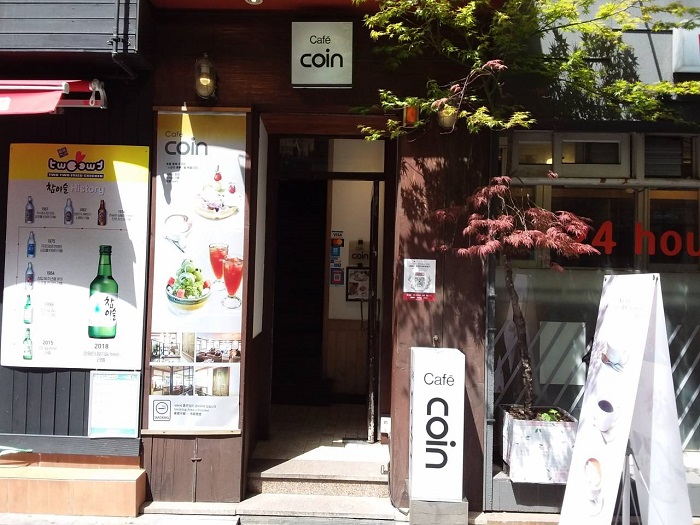
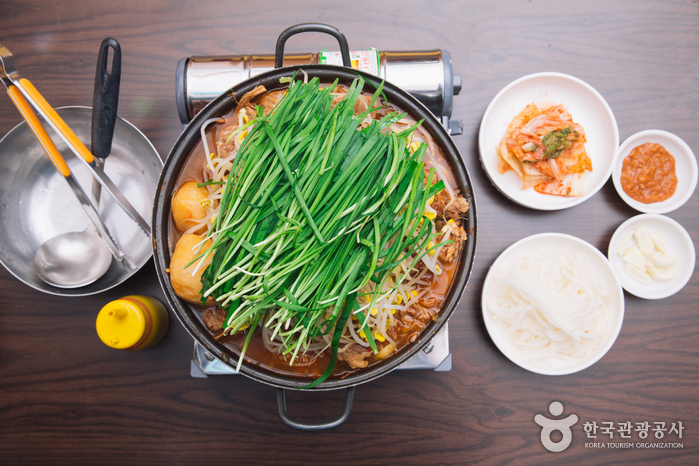
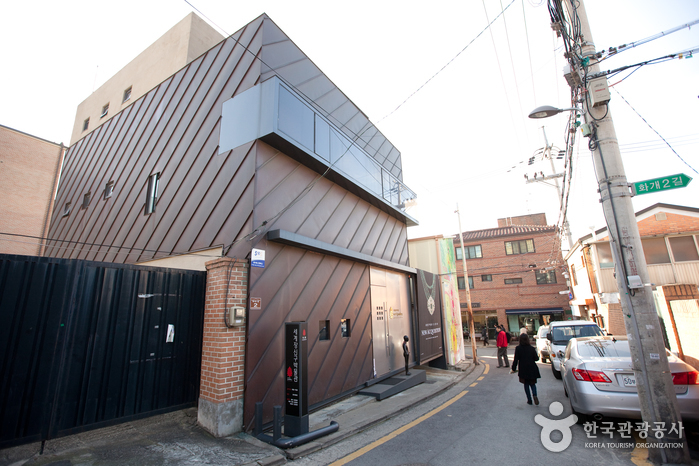
![Yeonwoohouse [Korea Quality] / 연우하우스 [한국관광 품질인증]](http://tong.visitkorea.or.kr/cms/resource/83/2557483_image2_1.jpg)
![Bukchonmaru hanok guesthouse [Korea Quality] / 북촌마루한옥게스트하우스 [한국관광 품질인증]](http://tong.visitkorea.or.kr/cms/resource/32/2574032_image2_1.jpg)
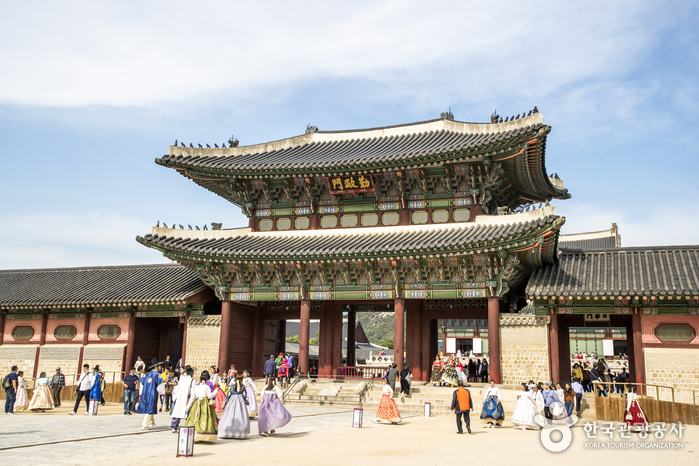
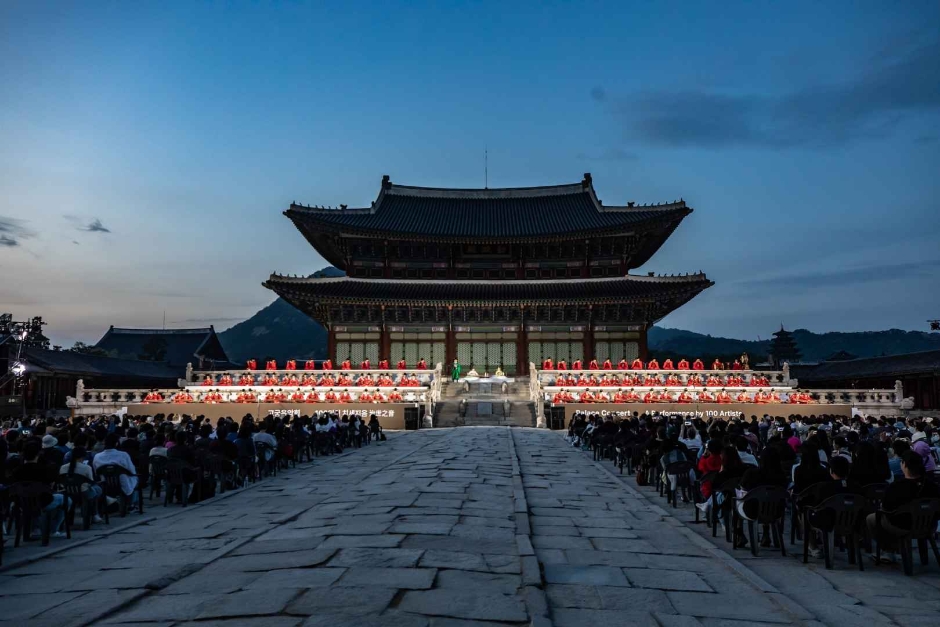

 Español
Español
 한국어
한국어 English
English 日本語
日本語 中文(简体)
中文(简体) Deutsch
Deutsch Français
Français Русский
Русский